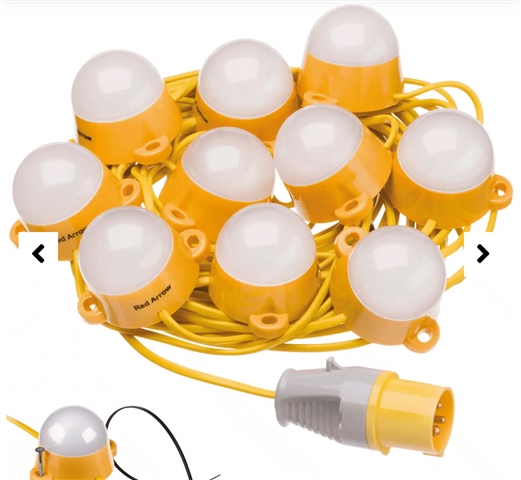from the discussion above, which is a few years ago, a conclusion was made that RCD’s are not required for RLV/ CTE transformer used in construction sites from Sec 4.
It is clear from section 4 that additional protection for RLV sockets is not a requirement, for obvious reasons CTE 55v etc.
however I have noticed a more recent trend of RCCB’s integral to the secondary side of the windings being implemented to ensure fault protection that can clear within the 5 second disconnection time under 411.8.3. It would seem primarily this is due to chaining multiple extension leads together or excessive lighting circuit lengths, which are difficult to account for except by direct supervision on site.
Blakley, being one of the leading manufacturers offer a great deal of good technical guidance on the subject - but largely it would appear the practice of having both RLV + residual protection combined into one transformer is down to preference rather than a requirement of BS7671 or BS7375 for that matter, meaning this would be ‘best practice’ as apposed to mandatory unless a contractor were to make part of their policy.
I would be interested in the forums opinions on this subject, and your own experiences, I think there are changing trends in the industry as to what was historically an acceptable risk may no longer be the case, particularly I’ve noticed 110v Tx plugged into blue commando sockets with a 30mA RCD protecting the primary side, I’m unsure what degree of protection this will offer to outgoing artic flex on the secondary side and it doesn’t seem it would be the same as a multiple pole device that’s installed on the secondary side?

